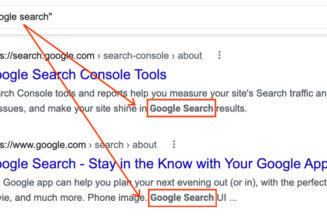The ambiguous finish to the Epic v. Apple trial opened a tiny crack in Apple’s control over in-app payments on the iPhone — and now, a small developer is trying to crawl through it.
A company called Paddle has announced its own in-app payment system that will take a smaller cut than Apple’s system — 5 to 10 percent, instead of the 15 to 30 percent cut claimed by Apple. It’s a way around the commission fees that started the fight with Epic in the first place and likely to be the beginning of a new fight for developers.
Paddle’s system is designed to take advantage of the Epic v. Apple verdict, which required Apple to allow external payment links. Prior to the verdict, an App Store rule had banned “external links, or other calls to action that direct customers to purchasing mechanisms” — but the judge found that rule violated anti-steering laws. Paddle’s system offers just such an external link, kicking users off to an outside page where they can pay before returning to the app. It definitely adds friction to the process, but it’s a far cry from the workarounds you’d have to go through if you wanted to skirt Apple’s IAP system today.
Apple did not respond to a request for comment as to whether apps using the system would be allowed on the App Store.

One of Paddle’s biggest selling points is its fees — Apple famously takes a 30 percent cut (or a 15 percent cut if you make less than $1 million on the App Store in a year) on in-app purchases for most developers. Paddle is offering a 10 percent cut on payments less than $10 and a 5 percent plus $0.50 charge on payments above $10. It’s not hard to see how switching from Apple’s payment system would be attractive for some developers.
The real test will be seeing how apps that include Paddle’s payments fare during App Review. If Apple wants to find violations of its rules in apps using Paddle, it very likely will. The company has said that it’s trying to figure out how it can change its rules to comply with the judge’s order, but so far, the new rules haven’t been made public.
Paddle told The Verge in an emailed statement that the company was waiting to see how the details of the ruling were implemented and that it’s built a few versions of its system to make it easier to adapt to whatever Apple’s rules end up being. It plans on launching its in-app payment service on December 7th, and the company’s CEO said that it “would welcome Apple’s view on this to bring more clarity.” Apple didn’t immediately respond to request for comment on Paddle’s plans.
You may also want to keep in mind the privacy implications of developers being able to communicate with users, as mentioned in the order — Paddle says that, unlike Apple, it’ll let developers see customers’ email addresses to help with billing support. While that comes with benefits (like developers actually getting to be involved in the refund process), you may want to keep in mind that you could be sharing your email address when you’re kicked over to a Paddle payment screen.
Paddle also lists other benefits of its IAP platform, such as developers being able to price their app how they want without worrying if Apple will approve, the ability to set pricing on a country-by-country basis, and the ability to provide coupons. And, of course, the smaller cut.
With this being the first big challenge to Apple’s own IAP system since the ruling, it’s likely to attract a lot of attention (Epic CEO Tim Sweeney is already tweeting about it). Part of what makes the proposition so exciting is that, until this point, the arguments for either side have been mostly theoretical. If a competing in-app purchase system really does start making it to apps, and it takes off, we’ll get to see whether the competition will make Apple’s service better, as some developers have argued, or if it will lead to an even worse proliferation of scams, where developers charge $100 a year for a weather app, as Apple has implied.









